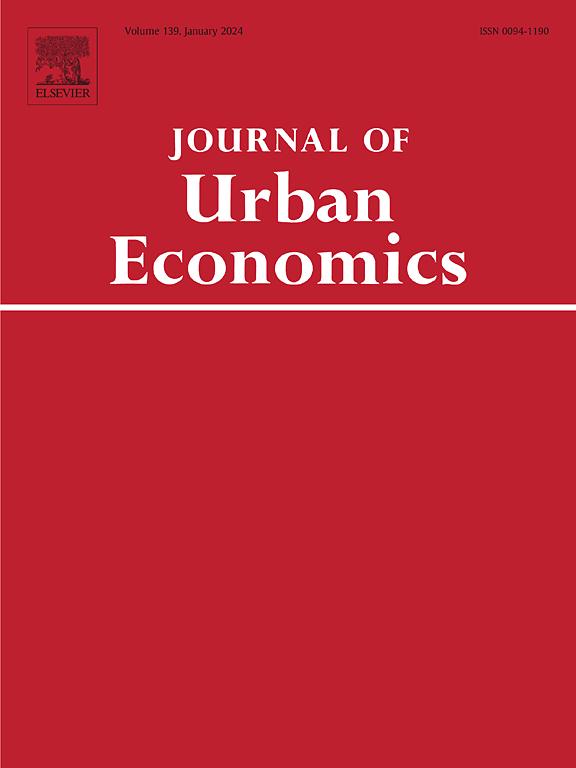JUE Insights: Who bears climate-related physical risk?
IF 4.8
1区 经济学
Q1 ECONOMICS
引用次数: 0
Abstract
This paper combines data on residential property-level physical risk from major climate-related perils (severe convective storm, inland flood, hurricane storm surge, hurricane wind, winter storm, and wildfire) with data on local economic characteristics to establish three facts about the severity of and five facts about the demographic distribution of this class of risk in the contiguous United States. On the severity of climate-related physical risk, we find (i) severe convective storms are the leading contributor to expected damage, (ii) inland flood and hurricane-related perils drive aggregate tail risk, and (iii) the difference in risk level between the safest and the riskiest places is expected to grow by 2050. On the demographic distribution of risk, we find (i) the safest areas have the most expensive homes, (ii) levels of economic well-being are lower in risky areas, (iii) there is little relationship between local racial composition and risk level, (iv) rural areas face the highest risks, and (v) there is no evidence of lower aggregate development activity or in-migration in risky areas. These facts are an important foundation for climate risk-mitigation policymaking and academic research on how the U.S. population view and respond to this class of risk.
JUE Insights:谁在承担与气候相关的身体风险?
本文将主要气候相关灾害(强对流风暴、内陆洪水、飓风风暴潮、飓风、冬季风暴和野火)的住宅财产级物理风险数据与当地经济特征数据相结合,建立了美国相邻地区这类风险的严重性的三个事实和人口分布的五个事实。在与气候相关的物理风险的严重程度上,我们发现(i)强对流风暴是造成预期损失的主要因素,(ii)内陆洪水和飓风相关的风险驱动了总体尾部风险,(iii)到2050年,最安全地区和最危险地区之间的风险水平差异预计将扩大。关于风险的人口分布,我们发现(i)最安全的地区拥有最昂贵的房屋,(ii)风险地区的经济福利水平较低,(iii)当地种族构成与风险水平之间几乎没有关系,(iv)农村地区面临最高的风险,(v)没有证据表明风险地区的总体发展活动或迁入率较低。这些事实是气候风险缓解政策制定的重要基础,也是美国民众如何看待和应对这类风险的学术研究的重要基础。
本文章由计算机程序翻译,如有差异,请以英文原文为准。
求助全文
约1分钟内获得全文
求助全文
来源期刊

Journal of Urban Economics
Multiple-
CiteScore
10.60
自引率
4.80%
发文量
64
期刊介绍:
The Journal of Urban Economics provides a focal point for the publication of research papers in the rapidly expanding field of urban economics. It publishes papers of great scholarly merit on a wide range of topics and employing a wide range of approaches to urban economics. The Journal welcomes papers that are theoretical or empirical, positive or normative. Although the Journal is not intended to be multidisciplinary, papers by noneconomists are welcome if they are of interest to economists. Brief Notes are also published if they lie within the purview of the Journal and if they contain new information, comment on published work, or new theoretical suggestions.
 求助内容:
求助内容: 应助结果提醒方式:
应助结果提醒方式:


